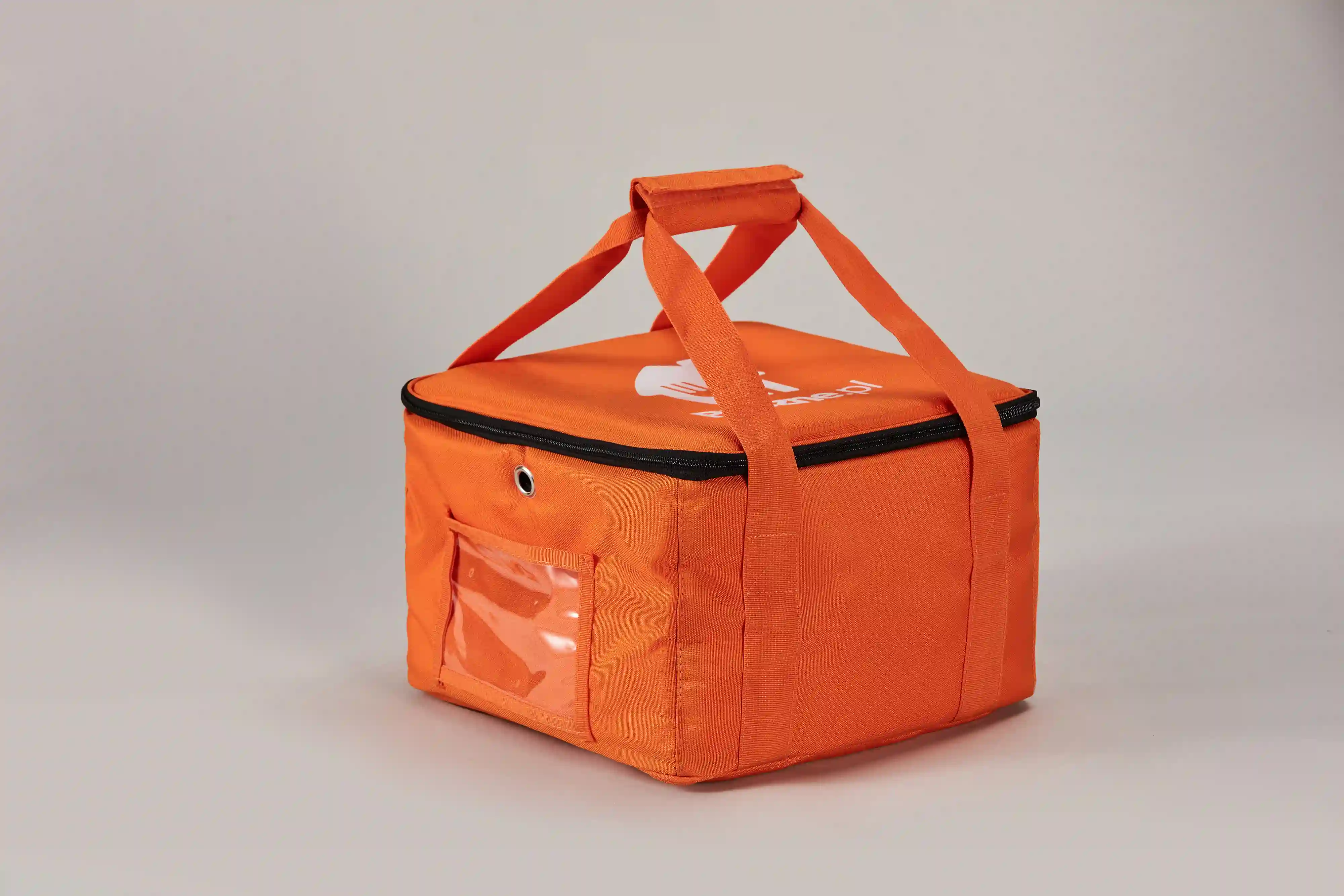
Flexography is a popular printing technique that is widely used in various industries, including packaging, labeling, and printing. It is a versatile and cost-effective printing method that offers several advantages and disadvantages. In this article, we will explore the pros and cons of flexography.
Pros of Flexography:
- High-Quality Printing: Flexography produces high-quality prints with sharp and vibrant colors. It is ideal for printing on a wide range of substrates, including paper, plastic, and metal.
- Cost-Effective: Flexography is a cost-effective printing method, especially for large print runs. It requires minimal setup time and can print at high speeds, reducing production costs.
- Versatility: Flexography can print on a variety of materials, including non-porous surfaces such as plastic and metal. It is also suitable for printing on irregularly shaped objects, making it ideal for packaging and labeling.
- Environmentally Friendly: Flexography uses water-based inks that are environmentally friendly and safe for food packaging. It also produces less waste than other printing methods, reducing its environmental impact.
Cons of Flexography:
- Limited Color Range: Flexography has a limited color range compared to other printing methods such as offset and digital printing. It is not suitable for printing complex designs or images with fine details.
- Setup Time: Flexography requires a significant amount of setup time, including the creation of printing plates and the calibration of the printing press. This can increase production costs and lead times.
- Ink Drying Time: Flexography uses water-based inks that require time to dry. This can slow down the printing process and increase production times.
- Maintenance: Flexography requires regular maintenance to ensure the printing press is operating correctly. This can increase maintenance costs and downtime.
In conclusion, flexography is a versatile and cost-effective printing method that offers several advantages and disadvantages. It is ideal for printing on a wide range of substrates and is environmentally friendly. However, it has a limited color range and requires significant setup time and maintenance. Overall, flexography is an excellent choice for large print runs and packaging and labeling applications.


